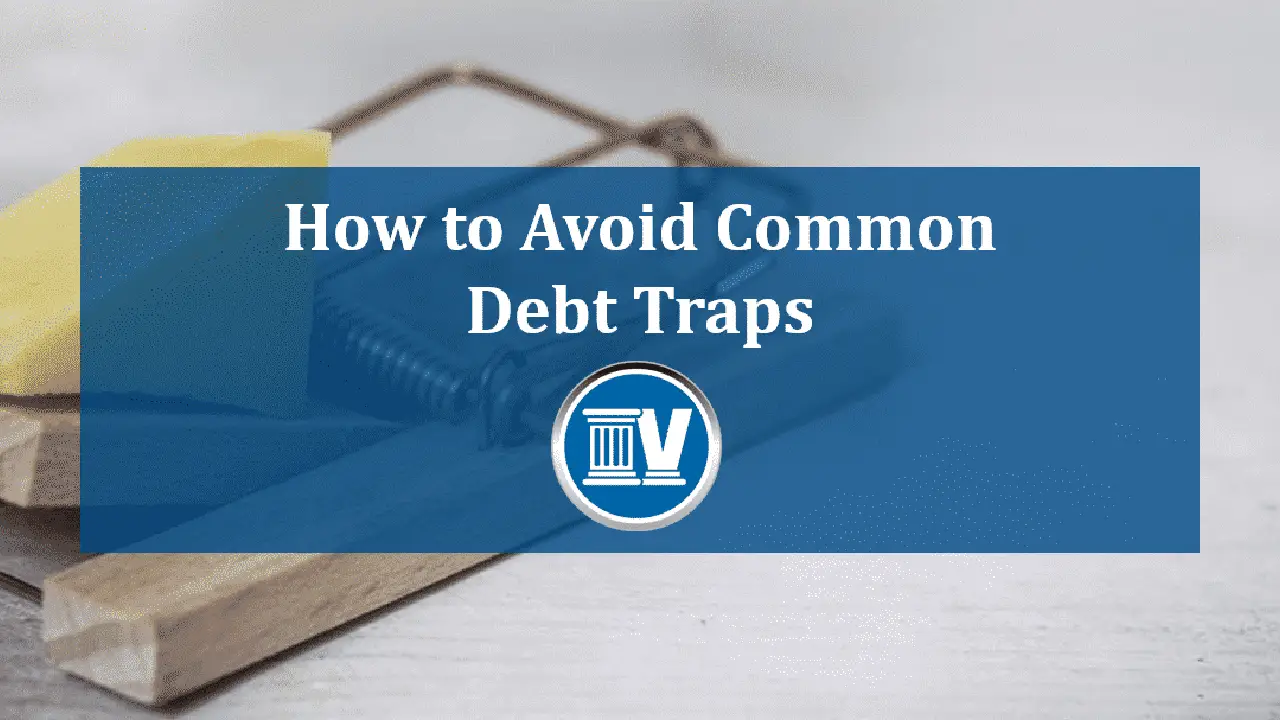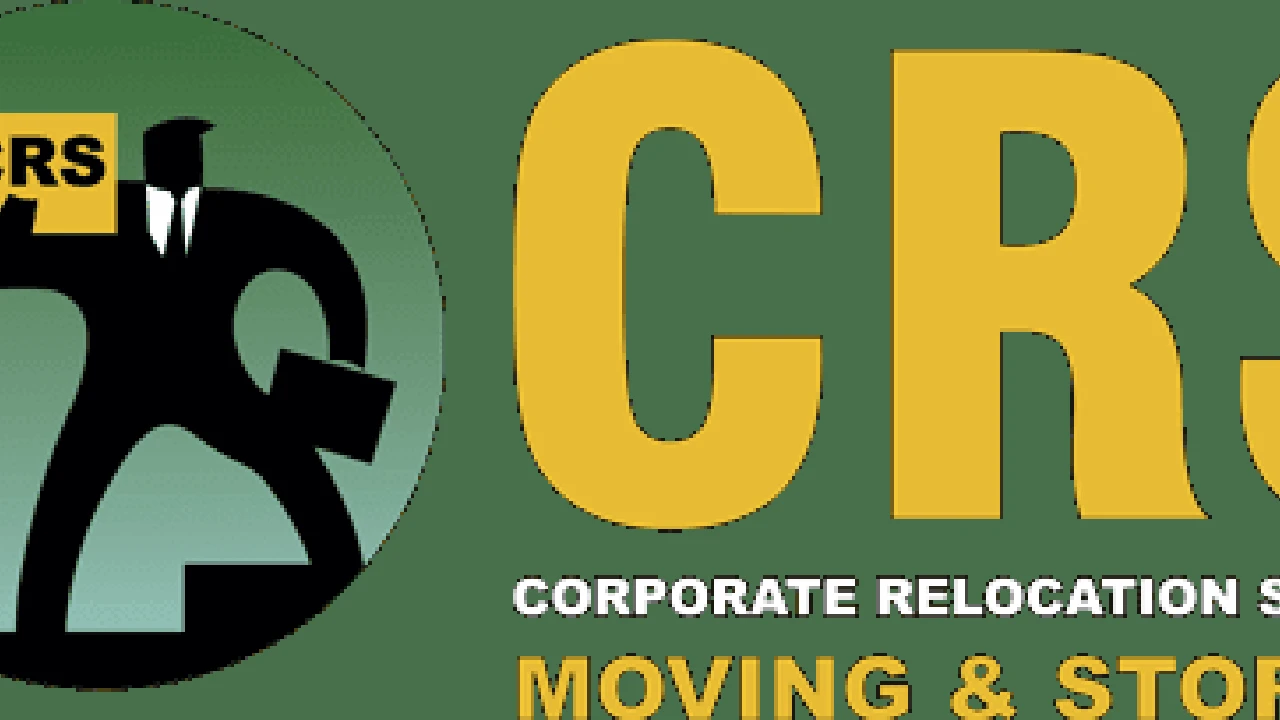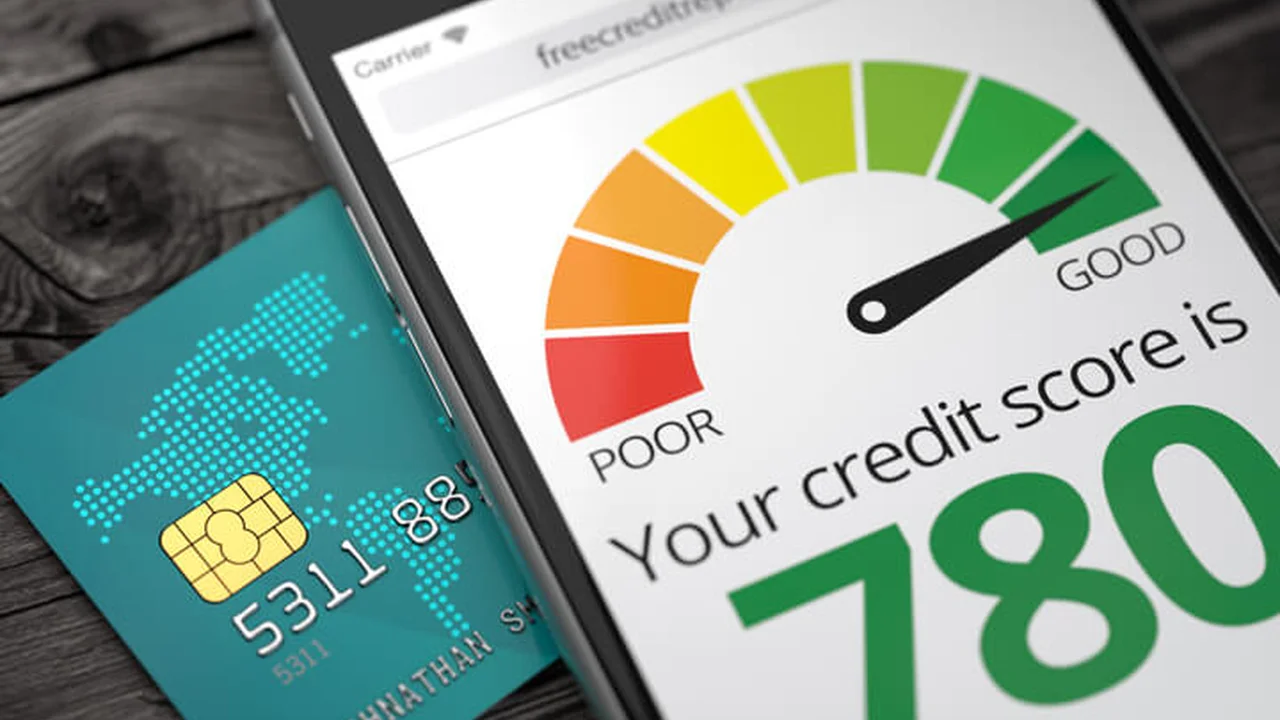Avoiding Debt Traps Common Pitfalls
Identify common debt traps and learn how to avoid them to maintain a healthy financial future.

Identify common debt traps and learn how to avoid them to maintain a healthy financial future.
Avoiding Debt Traps Common Pitfalls
Hey there! Let's talk about something super important for your financial well-being: debt traps. Nobody wants to fall into one, but sometimes, they're disguised so cleverly that you don't even realize you're in deep until it's too late. This isn't just about avoiding debt; it's about understanding the sneaky ways debt can creep up on you and how to build a fortress around your finances. We're going to dive deep into common pitfalls, look at real-world examples, and arm you with the knowledge to steer clear of these financial quicksands. Think of this as your ultimate guide to staying financially free and savvy.
Understanding What a Debt Trap Really Is Your Financial Quicksand
So, what exactly is a debt trap? Simply put, it's a situation where you borrow money, and due to high interest rates, fees, or unfavorable terms, you find it incredibly difficult to pay back the principal. You end up paying mostly interest, and the original debt barely shrinks. It's like being on a financial treadmill – you're running, but you're not really going anywhere. These traps often target individuals who are already in a vulnerable financial position, promising quick fixes that only lead to deeper problems. Recognizing these traps is the first step to avoiding them.
The Allure of Easy Money Payday Loans and Title Loans
Let's kick things off with some of the most notorious debt traps: payday loans and car title loans. They promise fast cash when you're in a pinch, and that sounds great, right? But the reality is far from it.
Payday Loans High Interest Short Term Debt
Payday loans are small, short-term unsecured loans, typically due on your next payday. They're marketed as a solution for unexpected expenses, but their annual percentage rates (APRs) can be astronomical, often ranging from 300% to 700% or even higher. Imagine borrowing $500 and having to pay back $575 in just two weeks. If you can't pay it back, you roll it over, incurring more fees and interest, and suddenly, that $500 loan becomes a multi-thousand-dollar nightmare.
Why they're dangerous:
- Exorbitant APRs: The interest rates are simply unsustainable.
- Short repayment periods: Designed to be hard to repay, forcing rollovers.
- Cycle of debt: Many borrowers end up taking out new loans to pay off old ones.
Product Comparison: There aren't really 'good' payday loan products because the model itself is predatory. Instead, let's compare them to safer alternatives.
Alternative 1: Personal Loans from Credit Unions or Banks
- Description: These are traditional installment loans with much lower, fixed interest rates (typically 6-36% APR).
- Use Case: Unexpected expenses, debt consolidation, or larger purchases.
- Comparison: Significantly lower interest, longer repayment terms, and a clear path to paying off the principal.
- Availability: Requires a credit check, but some credit unions offer options for those with less-than-perfect credit.
Alternative 2: Cash Advance Apps (e.g., Dave, Earnin, Chime)
- Description: These apps allow you to get a small advance on your paycheck, often with no interest, just small fees or optional tips.
- Use Case: Bridging a small gap until your next payday.
- Comparison: Far cheaper than payday loans, designed to be a short-term bridge, not a long-term debt solution.
- Availability: Requires linking your bank account and proof of regular income.
Alternative 3: Secured Credit Cards or Credit Builder Loans
- Description: While not immediate cash, these help build credit, which can open doors to better loan options in the future.
- Use Case: For those with poor or no credit history who need to establish creditworthiness.
- Comparison: Focuses on long-term financial health rather than quick, expensive fixes.
- Availability: Secured cards require a deposit, credit builder loans are offered by some credit unions.
Car Title Loans Risking Your Asset for Quick Cash
Car title loans are another beast. You use your car's title as collateral for a loan. If you can't repay the loan, the lender can repossess your car. The APRs are also incredibly high, often in the triple digits, and the repayment terms are short, usually 15 to 30 days.
Why they're dangerous:
- Loss of essential asset: You risk losing your transportation, which can impact your job and daily life.
- High costs: Similar to payday loans, the interest and fees are exorbitant.
- Cycle of debt: Many borrowers struggle to repay and end up losing their vehicle.
Alternative 1: Personal Loans (as above)
Alternative 2: Selling Unused Items
- Description: Selling items you no longer need on platforms like eBay, Facebook Marketplace, or local consignment shops.
- Use Case: Generating quick cash without incurring debt.
- Comparison: No interest, no risk to your assets.
Alternative 3: Community Assistance Programs
- Description: Local charities, non-profits, and government programs often offer assistance for utilities, rent, or food.
- Use Case: Addressing immediate financial needs without borrowing.
- Comparison: Free assistance, focuses on addressing the root cause of the financial struggle.
The Credit Card Conundrum High Interest Revolving Debt
Credit cards are fantastic tools when used responsibly, offering convenience, rewards, and a way to build credit. However, they can quickly become a debt trap if you carry a balance and only make minimum payments.
Minimum Payments The Slow Burn of Credit Card Debt
The minimum payment on a credit card is often just a small percentage of your balance, sometimes as low as 1-3%. While it keeps your account in good standing, it means you're barely touching the principal, and most of your payment goes towards interest. This can lead to years, even decades, of payments for something you bought long ago, costing you significantly more than the original price.
Why they're dangerous:
- High APRs: Credit card interest rates can range from 15% to 30% or more.
- Compounding interest: Interest is calculated on your outstanding balance, including previous interest.
- Perpetual debt: Minimum payments make it hard to escape the cycle.
Product Comparison:
Product 1: Balance Transfer Credit Cards (e.g., Chase Slate Edge, Citi Simplicity Card)
- Description: These cards offer an introductory 0% APR period (often 12-21 months) on transferred balances.
- Use Case: Consolidating high-interest credit card debt to pay it off faster without accruing new interest.
- Comparison: Provides a crucial window to pay down principal without interest, unlike carrying a balance on a high-APR card.
- Typical Fees: Usually a balance transfer fee (3-5% of the transferred amount).
- Availability: Requires good to excellent credit.
Product 2: Low-Interest Personal Loans (e.g., SoFi, LightStream)
- Description: Unsecured loans with fixed interest rates, often lower than credit card APRs.
- Use Case: Consolidating multiple credit card debts into one manageable payment with a clear end date.
- Comparison: Predictable payments, lower interest, and a defined payoff schedule, unlike revolving credit card debt.
- Typical APR: 6-36%, depending on creditworthiness.
- Availability: Requires a good credit score for the best rates.
Product 3: Debt Management Plans (via Non-Profit Credit Counseling Agencies like National Foundation for Credit Counseling - NFCC)
- Description: A credit counseling agency negotiates with your creditors to lower interest rates and waive fees, then you make one monthly payment to the agency.
- Use Case: For those struggling with significant credit card debt who need structured help.
- Comparison: Offers professional guidance and often better terms than you could negotiate alone, without taking on new debt.
- Typical Cost: Small monthly fee (e.g., $25-$50) or free initial consultation.
- Availability: Open to anyone struggling with debt, regardless of credit score.
Buy Now Pay Later BNPL Schemes The Hidden Costs
BNPL services like Affirm, Klarna, Afterpay, and Zip have exploded in popularity. They allow you to split purchases into several interest-free installments. Sounds great, right? And often, it is, if you use them wisely. But they can become a trap if you overextend yourself or miss payments.
Overspending and Late Fees The BNPL Pitfall
The primary danger with BNPL is the ease with which it encourages overspending. You might feel like you can afford more because the upfront cost is low. But juggling multiple BNPL payments for different purchases can quickly become overwhelming. Miss a payment, and you're hit with late fees, which can be substantial and negate any interest-free benefit.
Why they're dangerous:
- Encourages overspending: Makes expensive items seem more affordable.
- Late fees: Missing payments can be costly.
- Impact on credit: Some BNPL services report to credit bureaus, and missed payments can hurt your score.
- Juggling multiple payments: Can lead to missed payments if not carefully managed.
Product Comparison:
Product 1: Affirm
- Description: Offers installment loans for purchases, often with 0% APR for shorter terms or fixed interest for longer terms.
- Use Case: Larger purchases where you need a clear payment schedule.
- Comparison: More transparent about interest (if applicable) upfront than some other BNPLs, but still encourages borrowing.
- Typical APR: 0-30% APR, depending on the merchant and your credit.
Product 2: Klarna
- Description: Offers 'Pay in 4' (interest-free installments), 'Pay in 30' (pay in 30 days), and financing options.
- Use Case: Smaller, everyday purchases or trying items before buying.
- Comparison: The 'Pay in 4' is interest-free if paid on time, but late fees can add up.
- Typical Fees: Late fees can be up to $7 per missed payment.
Product 3: Afterpay
- Description: Splits purchases into four interest-free installments, due every two weeks.
- Use Case: Similar to Klarna's 'Pay in 4' for smaller purchases.
- Comparison: Very similar to Klarna's interest-free option, but also relies on timely payments to avoid fees.
- Typical Fees: Late fees up to 25% of the purchase price, capped at $68.
How to use BNPL safely (or avoid it):
- Budget strictly: Only use BNPL for purchases you can genuinely afford to pay off on time.
- Limit usage: Don't have multiple BNPL plans running simultaneously.
- Consider alternatives: If you can't afford it now, save up or use a credit card with a low APR if you're confident you can pay it off before interest accrues.
Student Loan Debt The Long-Term Burden
Student loans are often a necessary evil for higher education, but they can become a significant debt trap if not managed carefully. The sheer volume of student loan debt in the US is staggering, and many graduates find themselves burdened for decades.
Income Driven Repayment Plans and Forbearance The Double Edged Sword
While income-driven repayment (IDR) plans and forbearance can offer temporary relief, they can also prolong your debt and increase the total amount you pay over time due to accruing interest. Forbearance, in particular, allows you to pause payments, but interest often continues to accrue, adding to your principal balance.
Why they're dangerous:
- Long repayment terms: Can last 10-25 years, or even longer with IDR plans.
- Accruing interest: Interest can capitalize (add to your principal) during periods of non-payment or certain IDR plans.
- Limited discharge options: Very difficult to discharge in bankruptcy.
Product Comparison:
Product 1: Federal Student Loans (e.g., Direct Subsidized/Unsubsidized, PLUS Loans)
- Description: Loans offered by the U.S. Department of Education with various repayment plans, including IDR, and potential for forgiveness programs.
- Use Case: Funding higher education.
- Comparison: Generally more flexible and offer more protections than private loans, but still accrue interest.
- Typical Interest Rates: Fixed rates, currently ranging from around 5.5% to 8.05% for undergraduate and graduate loans.
Product 2: Private Student Loans (e.g., Sallie Mae, Discover Student Loans)
- Description: Loans offered by banks and private lenders, often with fewer borrower protections and less flexible repayment options.
- Use Case: When federal loan limits are insufficient.
- Comparison: Can have variable interest rates, often higher than federal loans, and fewer options for deferment or forbearance.
- Typical Interest Rates: Variable and fixed rates, can range from 4% to 16% or more depending on credit.
Product 3: Student Loan Refinancing (e.g., SoFi, Earnest, CommonBond)
- Description: Consolidating multiple student loans (federal and/or private) into a new loan with a single lender, potentially at a lower interest rate.
- Use Case: For borrowers with good credit who want to lower their interest rate or simplify payments.
- Comparison: Can save a significant amount of money over the life of the loan, but refinancing federal loans into private ones means losing federal protections.
- Typical Interest Rates: Can be lower than original loan rates, depending on market conditions and credit score.
- Availability: Requires good credit and stable income.
Strategies to avoid student loan traps:
- Borrow only what you need: Don't take out the maximum just because it's offered.
- Understand repayment terms: Know your interest rates, repayment schedule, and options before you sign.
- Explore scholarships and grants: Free money is always better than borrowed money.
- Live like a student: Keep expenses low during and after college to minimize debt.
Predatory Lending Practices Spotting the Red Flags
Beyond specific loan types, it's crucial to recognize predatory lending practices that can turn any loan into a debt trap. These practices are designed to benefit the lender at the expense of the borrower, often by obscuring terms or targeting vulnerable individuals.
Hidden Fees and Unclear Terms The Fine Print Trap
Predatory lenders often bury fees in the fine print, use confusing language, or pressure you into signing without fully understanding the terms. They might offer loans with balloon payments, prepayment penalties, or add-on products you don't need.
Red flags to watch out for:
- No credit check loans (unless it's a secured loan with reasonable terms): Often a sign of high-interest, risky loans.
- Guaranteed approval: Legitimate lenders always assess risk.
- Pressure to sign immediately: Don't rush into any financial agreement.
- Blank spaces on documents: Never sign a document with blank spaces.
- Unsolicited offers: Be wary of lenders who contact you out of the blue.
- Excessive fees: High origination fees, application fees, or late fees.
How to protect yourself:
- Read everything carefully: Understand every clause and fee.
- Ask questions: If something is unclear, demand clarification.
- Shop around: Compare offers from multiple lenders.
- Check lender reputation: Look for reviews and complaints with the Better Business Bureau or Consumer Financial Protection Bureau (CFPB).
- Seek independent advice: Consult a credit counselor or financial advisor if you're unsure.
Lifestyle Inflation and Keeping Up with the Joneses The Spending Trap
Sometimes, the biggest debt trap isn't a specific loan product but our own spending habits. Lifestyle inflation, where your spending increases as your income rises, and the pressure to 'keep up with the Joneses' can lead to accumulating debt on things you don't truly need or can't afford.
The Illusion of Affluence Overspending on Discretionary Items
It's easy to fall into the trap of buying new cars, bigger houses, or the latest gadgets just because your friends or colleagues have them. This often leads to taking on more debt than you can comfortably manage, whether through credit cards, car loans, or mortgages that stretch your budget thin.
Why it's dangerous:
- Accumulation of consumer debt: Credit card balances grow, leading to high interest payments.
- Stretching your budget: Leaves little room for savings or emergencies.
- Financial stress: Constantly worrying about making payments.
- Delayed financial goals: Prevents you from saving for retirement, a down payment, or other important goals.
Strategies to avoid this trap:
- Create and stick to a budget: Know exactly where your money is going.
- Practice delayed gratification: Save up for big purchases instead of financing them.
- Focus on your own financial goals: Don't compare your financial journey to others.
- Distinguish needs from wants: Prioritize essential spending.
- Track your net worth: Focus on building assets, not just acquiring liabilities.
The Importance of an Emergency Fund Your Debt Shield
One of the most effective ways to avoid falling into debt traps is to have a robust emergency fund. Life throws curveballs – unexpected job loss, medical emergencies, car repairs – and without savings, you're often forced to turn to high-interest loans or credit cards.
Building Your Financial Safety Net Preventing Crisis Debt
An emergency fund acts as your financial safety net, allowing you to cover unexpected expenses without going into debt. Financial experts typically recommend having 3 to 6 months' worth of living expenses saved in an easily accessible, separate savings account.
Why it's crucial:
- Avoids high-interest debt: Prevents reliance on payday loans, credit cards, or other costly options during crises.
- Reduces financial stress: Provides peace of mind knowing you're prepared.
- Protects your assets: Less likely to need to sell assets or take out title loans.
- Supports financial stability: Helps you stay on track with your long-term financial goals.
Product Comparison:
Product 1: High-Yield Savings Accounts (e.g., Ally Bank, Marcus by Goldman Sachs, Discover Bank)
- Description: Online savings accounts that offer significantly higher interest rates than traditional brick-and-mortar banks.
- Use Case: Storing your emergency fund where it can grow slightly while remaining easily accessible.
- Comparison: Better returns than traditional savings accounts, but still liquid for emergencies.
- Typical APY: Currently ranging from 4.00% to 5.00% or more.
- Availability: Widely available online, typically requires a minimum deposit to open.
Product 2: Money Market Accounts (MMAs)
- Description: Hybrid accounts that offer some checking account features (like check-writing) with higher interest rates than traditional savings accounts.
- Use Case: For those who want slightly more flexibility with their emergency fund while still earning decent interest.
- Comparison: Often have higher minimum balance requirements than high-yield savings accounts but offer more transactional flexibility.
- Typical APY: Similar to high-yield savings accounts, often 4.00%+.
Product 3: Short-Term Certificates of Deposit (CDs)
- Description: Savings accounts that hold a fixed amount of money for a fixed period, offering a fixed interest rate. Short-term CDs (e.g., 3-6 months) can be an option for a portion of your emergency fund.
- Use Case: For a portion of your emergency fund that you are confident you won't need immediately, to earn a slightly higher rate.
- Comparison: Less liquid than savings accounts (penalties for early withdrawal), but can offer slightly better rates for short terms.
- Typical APY: Can be slightly higher than high-yield savings for similar terms.
How to build your emergency fund:
- Set a goal: Start with a smaller, achievable goal (e.g., $1,000) and then work towards 3-6 months of expenses.
- Automate savings: Set up automatic transfers from your checking to your emergency fund every payday.
- Cut expenses: Temporarily reduce discretionary spending to boost your savings.
- Increase income: Consider a side hustle or selling unused items to accelerate your fund building.
Financial Education and Proactive Planning Your Best Defense
Ultimately, the best defense against debt traps is a strong foundation of financial literacy and proactive planning. Understanding how money works, how debt can be used responsibly, and how to protect yourself from predatory practices is invaluable.
Budgeting and Financial Goal Setting Your Roadmap to Freedom
Creating a realistic budget and setting clear financial goals are not just good habits; they are essential tools for avoiding debt. A budget helps you understand your income and expenses, allowing you to make informed decisions about your spending. Financial goals, whether it's saving for a down payment, retirement, or a vacation, provide motivation and direction.
Key elements of proactive planning:
- Regular budgeting: Use apps, spreadsheets, or pen and paper to track your money.
- Setting SMART goals: Specific, Measurable, Achievable, Relevant, Time-bound.
- Monitoring your credit report: Regularly check for errors and fraudulent activity.
- Educating yourself: Continuously learn about personal finance, investing, and debt management.
- Seeking professional advice: Don't hesitate to consult a financial advisor or credit counselor when needed.
Product Comparison:
Product 1: Budgeting Apps (e.g., YNAB You Need A Budget, Mint, Personal Capital)
- Description: Digital tools that help you track spending, categorize transactions, and create budgets.
- Use Case: Gaining control over your daily finances and identifying areas for savings.
- Comparison: YNAB is a zero-based budgeting system (every dollar has a job), Mint is great for overall financial tracking, Personal Capital focuses on net worth and investments.
- Typical Cost: YNAB is subscription-based (around $99/year), Mint and Personal Capital are generally free.
Product 2: Credit Monitoring Services (e.g., Credit Karma, Experian, MyFICO)
- Description: Services that provide access to your credit score and report, often with alerts for changes.
- Use Case: Staying informed about your credit health and detecting potential identity theft or errors.
- Comparison: Credit Karma offers VantageScore, Experian provides FICO Score 8, MyFICO offers various FICO scores.
- Typical Cost: Credit Karma and Experian (basic) are free, MyFICO is subscription-based (e.g., $29.95/month).
Product 3: Financial Planning Software (e.g., Quicken, Fidelity Full View)
- Description: Comprehensive software that helps with budgeting, investment tracking, retirement planning, and more.
- Use Case: For individuals who want a holistic view of their financial situation and long-term planning.
- Comparison: Quicken is a robust desktop software, Fidelity Full View is integrated with Fidelity accounts and offers a broad financial overview.
- Typical Cost: Quicken is subscription-based (e.g., $35-$100/year), Fidelity Full View is free for Fidelity customers.
Avoiding debt traps isn't about never borrowing money; it's about borrowing wisely, understanding the terms, and having a solid financial plan in place. By being aware of common pitfalls, building an emergency fund, and continuously educating yourself, you can navigate the financial landscape with confidence and build a secure future.
:max_bytes(150000):strip_icc()/277019-baked-pork-chops-with-cream-of-mushroom-soup-DDMFS-beauty-4x3-BG-7505-5762b731cf30447d9cbbbbbf387beafa.jpg)





